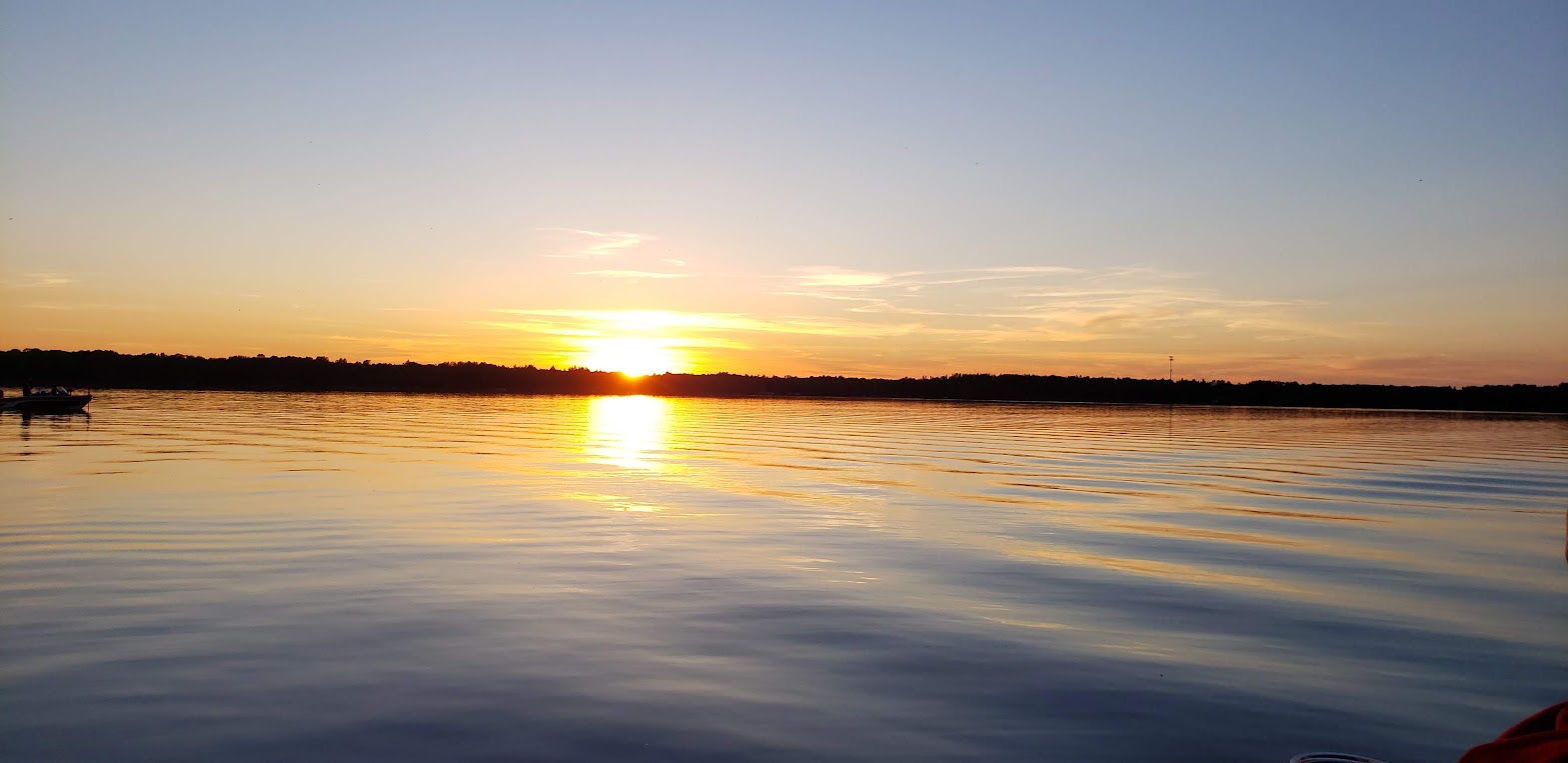The Upper Hay Lake Association has long been promoting shoreline restoration. Recent studies on property value have shown the following.
- Loss of water quality has a huge negative impact on your property value. If someone is interested in buying your property they will certainly go down to your dock. If all they see are weeds and there is little or no ability to see the lake bottom, they will likely leave.
One of the major causes of poor water quality is runoff from our lots. This can be stopped or greatly reduced by planting native vegetation at the water’s edge. This vegetation will absorb the minerals in runoff and stop them from entering the lake. Also, many such plants have very deep growing root systems that will stabilize the shoreline and decrease erosion. If you have visited the Boundary Waters Canoe Area you have seen nature at its finest. The untouched shorelines are pristine. Similar landscapes can be produced with a restoration project.
What can we do? The simple answer is to create a “no mow zone” from the water’s edge to your lawn. Within that area, right by the water’s edge, plant native vegetation.
The next question is: “How do I do that and what might it cost?”
We anticipate that there will be shoreline restoration grant money available through the Crow Wing County Soil and Water Conservation District (CWSWCD). They don’t know if they will get money or how much until after January 1st. The program provides clean water legacy funds to local groups and citizens to improve water quality and reduce storm water runoff. The Association has stressed the importance of this to reduce the phosphorus entering Upper Hay. We have had speakers at our Annual Membership meetings on many occasions who have addressed the topic.
While boating on Upper Hay Lake notice the progress of the previous years shoreline restoration projects. The coir logs are filling in nicely with green plants and some even have flowers. If you are interested in improving your shoreline for next year, be sure to contact one of your UHLA board members. The planning needs to take place by this fall so we have ample time to apply for grant money early next spring. Together we can make a difference in both reducing the amount of phosphorus in our lake and beautifying our lake.
